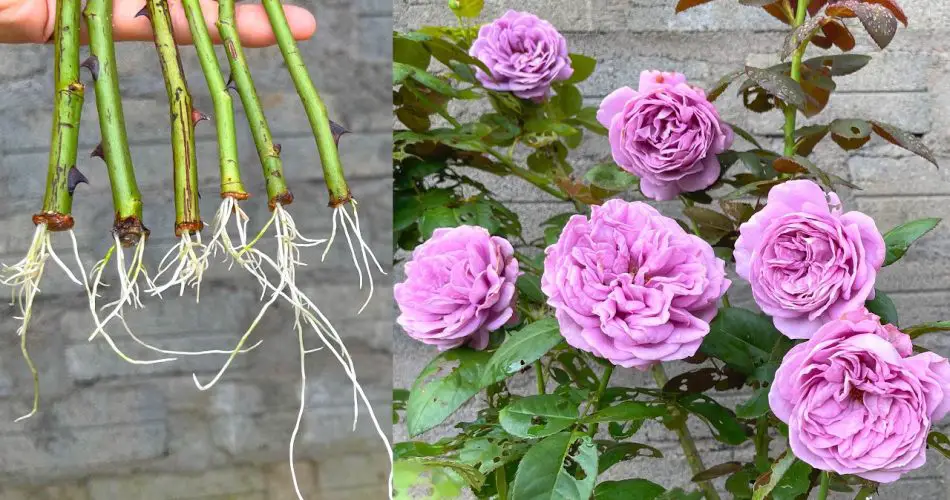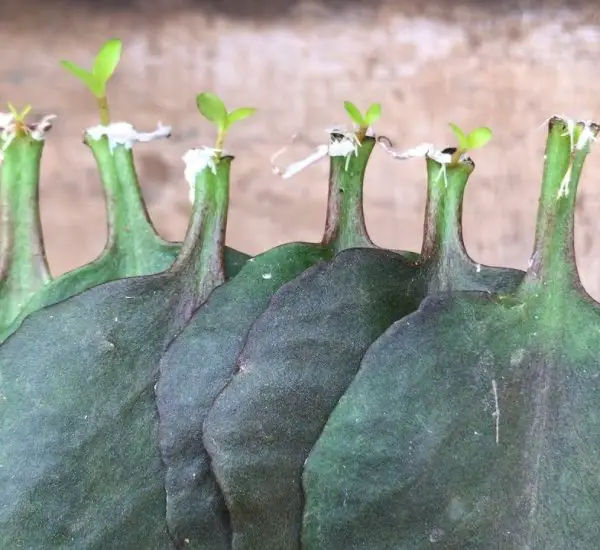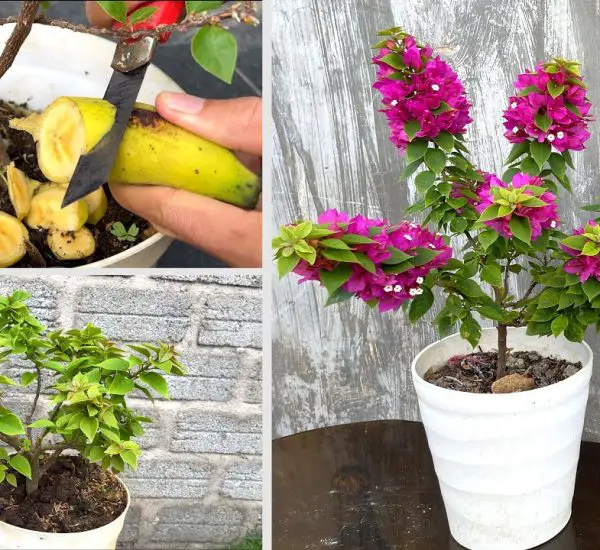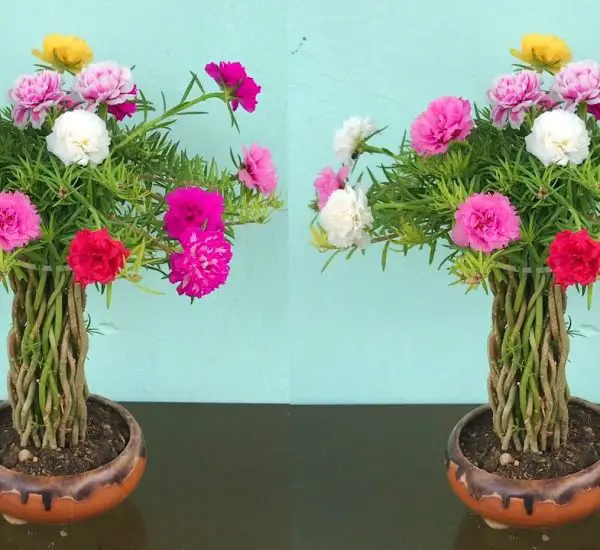A thriving rose garden is a joy to behold, offering vibrant colors, sweet scents, and a sense of serenity. However, to keep your roses flourishing and to encourage new growth, regular pruning and cutting are essential. If you want to maintain a beautiful rose garden, learning the right technique for cutting roses is key. Whether you’re cutting roses for bouquets or simply maintaining the health of your plants, understanding the best practices will ensure effective rose care.
In this article, we’ll cover the most effective ways to cut roses in the country, ensuring your roses remain healthy and vibrant while promoting continuous blooming throughout the season.
When Is the Best Time to Cut Roses?
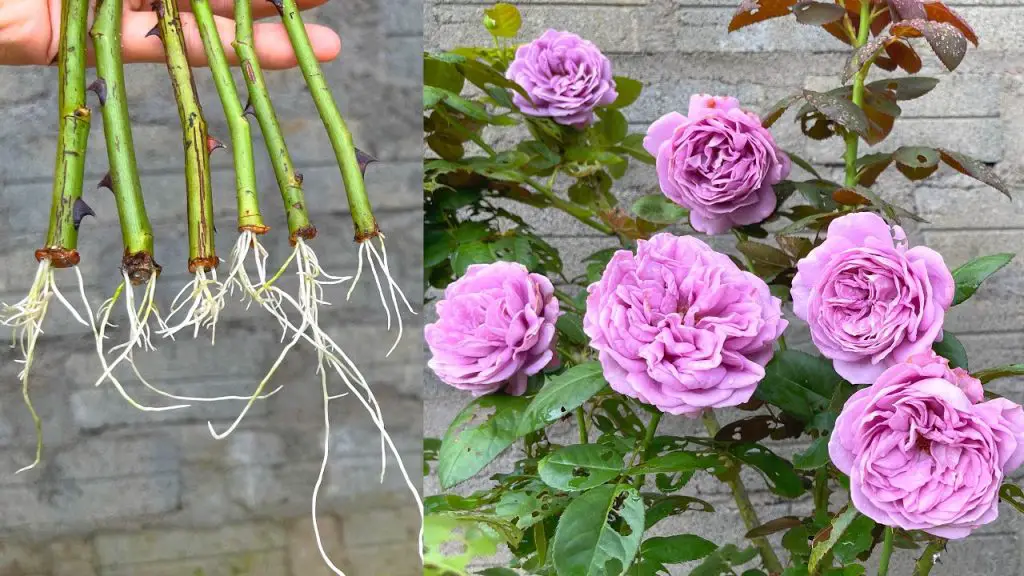
The timing of your rose cutting is crucial for the health of your plants. Here are a few key guidelines to keep in mind:
- Early Morning or Late Evening: It’s best to cut roses either in the early morning or late evening. During these times, the plant is not stressed by the heat of the sun, and the flowers will retain more moisture, ensuring that they last longer in a vase.
- Spring and Fall Pruning: For seasonal pruning, the best times are early spring just before new growth begins, and fall after the last blooms have faded. However, regular deadheading throughout the growing season is also necessary.
Tools You’ll Need for Cutting Roses
Before getting started, ensure that you have the proper tools for the job:
- Sharp Pruning Shears: Clean, sharp shears are essential to make clean cuts and avoid damaging the plant.
- Gloves: Gardening gloves will protect your hands from thorns and help prevent injury.
- Bucket of Water: For preserving cut roses, keep a bucket of water nearby to immediately place the stems in after cutting.
Step-by-Step Guide to Cutting Roses Effectively
1. Choose the Right Stems to Cut
The first step is to select the right stems to cut. Choose stems that are strong and healthy, with vibrant blooms that are just beginning to open. Avoid cutting roses that are overly mature or past their prime, as they won’t last long in a vase.
- For Cutting Flowers: Choose a stem with at least two to three leaves below the bloom. This ensures that the plant can continue to grow and thrive after the cut.
- For Pruning: If you’re pruning for overall plant health, cut back older, woodier stems to encourage fresh growth.
2. Make a Clean Cut
When cutting the stems, always use a sharp pair of pruning shears or a sharp knife. A clean, angled cut helps the plant heal quickly and reduces the risk of disease. Aim for a cut at a 45-degree angle, about 1/4 inch above a leaf node (the point where the leaves meet the stem). This encourages the plant to send out new growth from this node.
3. Avoid Cutting Too Many Stems
It’s tempting to cut a large number of stems for a bouquet or to shape the plant, but avoid cutting too many stems at once. Always leave at least one or two healthy stems on the plant to ensure it can continue to grow. Overcutting can weaken the plant, leading to fewer blooms.
4. Deadheading for Continuous Blooming
One of the most effective ways to encourage continuous blooming in your rose garden is deadheading—removing spent or faded flowers. Deadheading helps the plant focus its energy on producing new blooms rather than seed production.
To deadhead, simply cut the flower stem back to the next leaf node or to a healthy leaf, which will encourage new growth and potentially another round of blooms.
5. Care for the Cut Stems
After cutting your roses, place the stems in a bucket of water immediately. This helps to keep the roses hydrated and prevents air from entering the stem, which can cause wilting. For flowers you intend to use in a bouquet, be sure to cut the stems again at an angle before arranging them.
Tips for Pruning and Caring for Your Rose Garden
- Cut Out Dead or Diseased Wood: When pruning, always remove dead, diseased, or damaged wood. This helps prevent the spread of disease and encourages healthy growth.
- Encourage Airflow: Thin out the center of the rose bush to allow better airflow, which helps reduce the risk of fungal diseases.
- Fertilize After Pruning: After pruning, give your rose bush a boost with a good rose fertilizer. This will promote strong, healthy growth and encourage more blooms.
- Mulch: Applying a layer of mulch around your roses helps retain moisture, regulate soil temperature, and prevent weeds from competing for nutrients.
Conclusion
Cutting roses effectively is a crucial part of rose care that will help you maintain a vibrant and productive rose garden. Whether you’re cutting stems for a bouquet or pruning for health, using the right techniques and tools will ensure that your roses continue to bloom beautifully throughout the season. By cutting roses at the right time, making clean cuts, and following proper care practices, you’ll have a thriving garden full of stunning flowers.
Happy gardening, and enjoy the beauty of your rose garden!
